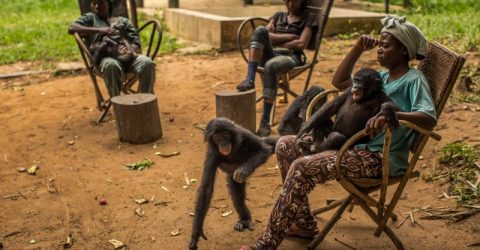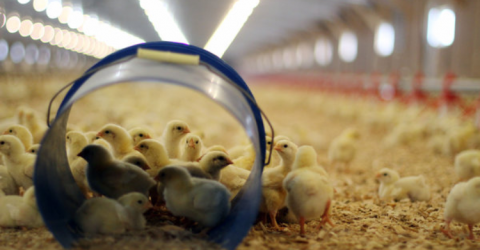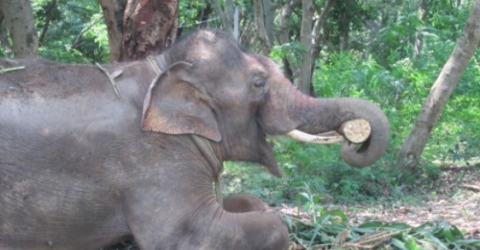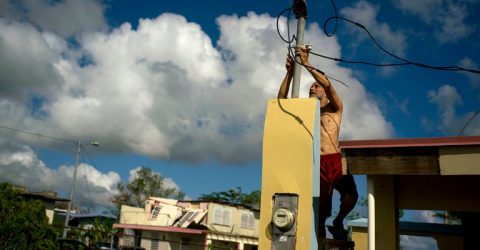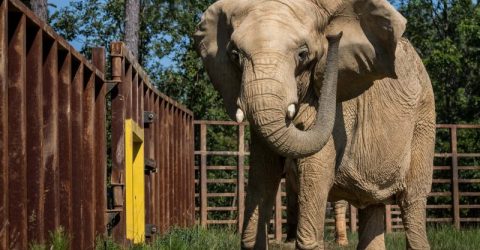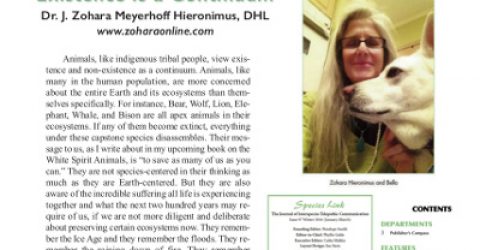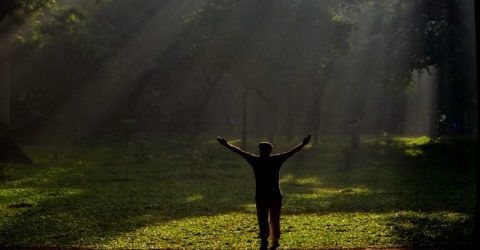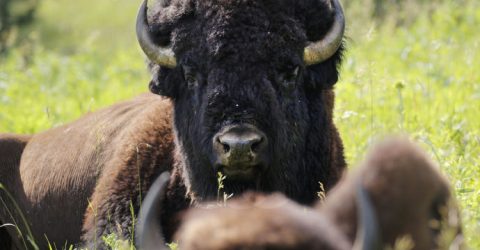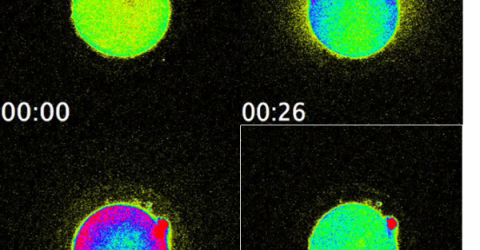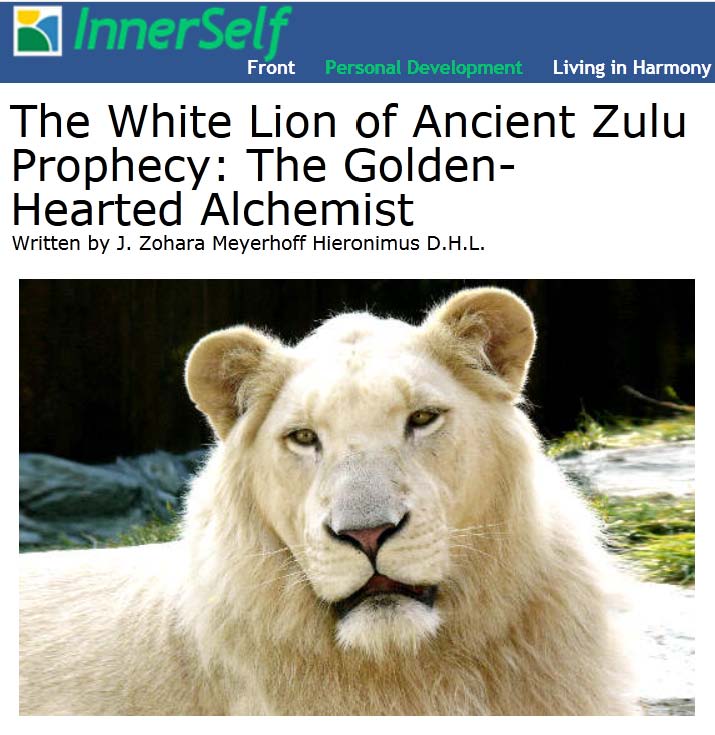 Photo credit: Stano Novak, CC BY 2.5
Photo credit: Stano Novak, CC BY 2.5
No matter who we are, no matter
in which part of the world we dwell, we are one.
We are one with each other. We are one with the Earth.
We are one with the moon, the sun, and the stars.
–Vusamazulu Credo Mutwa, Zulu Lion Shaman
In the land where trees are called “growing people” and ancestral spirits are consulted in community decisions, we meet the White Lions of Timbavati, South Africa.
Like indigenous leaders in whose homeland other White Spirit Animals are born, here too, in Africa, Zulu elders teach that there is vital significance in the appearance of the White Lions in Timbavati at this time. As with all the other White Spirit Animals, the White Spirit Lions have come to warn us of dramatic Earth changes, encouraging us to work together in these perilous times. Protecting the Earth, as Lions have protected humans throughout time, is our noble-hearted duty.
